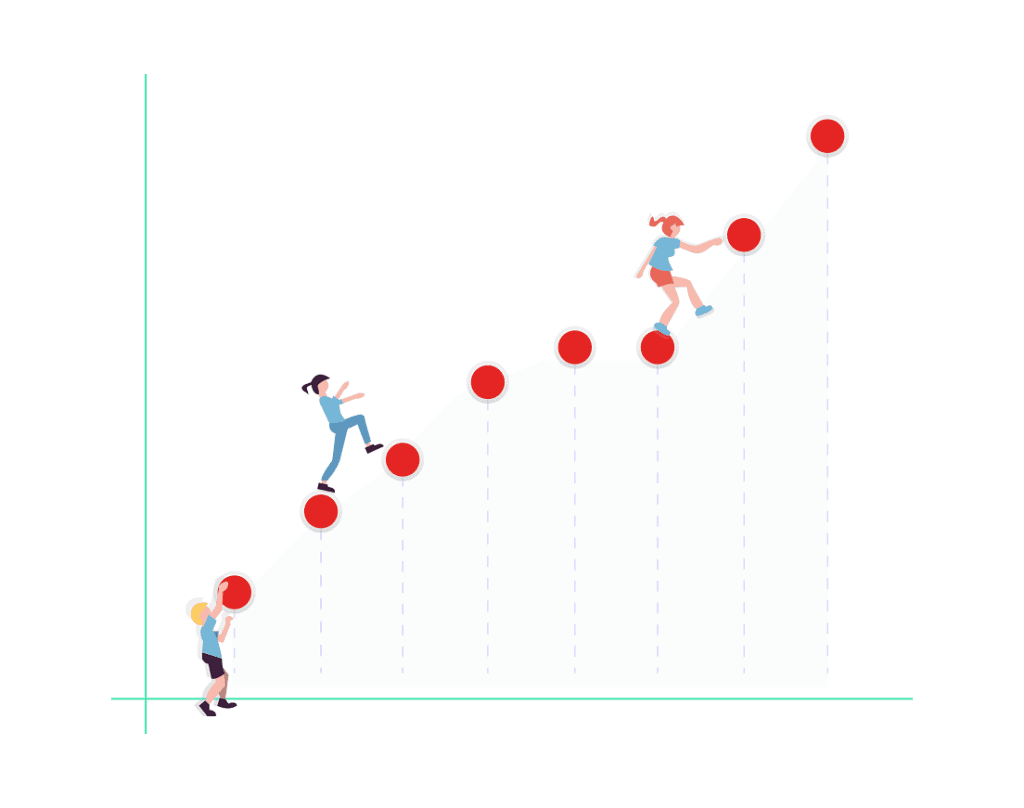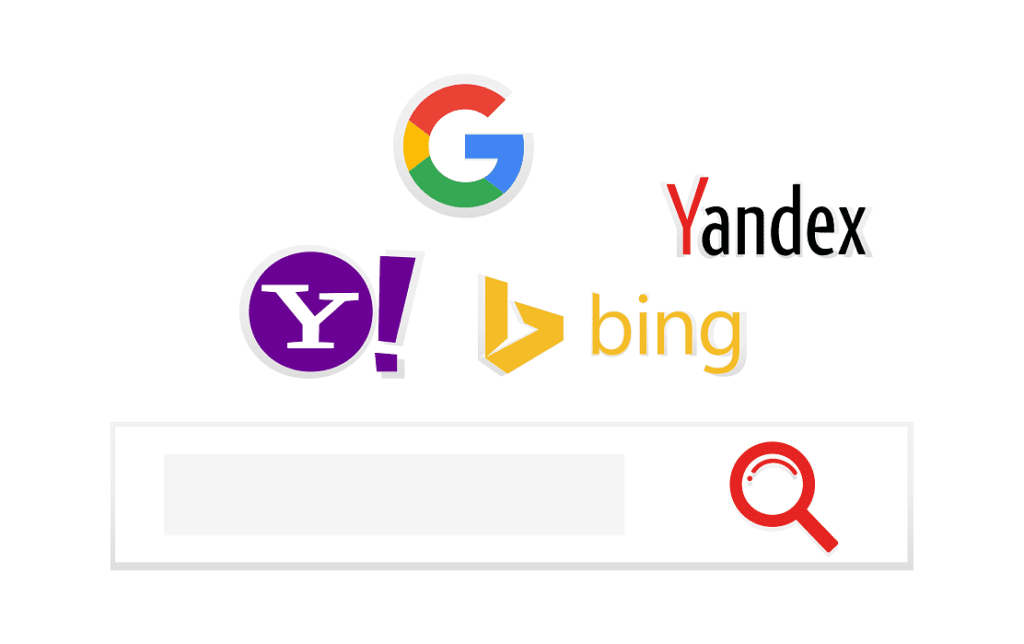I don’t know if you are like me, but the following is a common scenario in my life. I sit down in the dentist’s office, and these thoughts start running through my head. “Was I thorough enough flossing this morning to make up for the last 6 months?” “Are my gums still bleeding?” “Did I brush after that breakfast burrito I just ate?”
I then sit down in the dentist’s chair and the hygienist takes a look and immediately says, “So…have you been flossing?” – with that half condescending tone, you haven’t heard since you were called on in class when the teacher knew you weren’t paying attention. Then I have to decide if I am going to lie or come clean, knowing they already know the true answer.
The issue here isn’t the fact that I haven’t flossed, the issue is why I haven’t flossed. It’s not that it’s terribly time-consuming. I know it is better for my health, and I wouldn’t have to have this awkward conversation every time I got to the dentist. The cost of not flossing seems much higher than the cost to floss and yet I still put off doing it.
I encounter the same stigma when asking potential clients, “So are you blogging?” The answer to why they aren’t blogging is never that blogging isn’t important. Instead, it’s that the perceived cost of having a consistent blog feels high and in relation to the true value that blogging can have on their business.
If you think about it, we put off blogging for the same reasons we put off flossing:
- No one wants to take the time to do it
- If you haven’t done it in a while, it’s painful
- The more thorough you are the more effective it is, but how often is often enough?
- Does it really produce long-term benefits, what are they, and when can I expect to see them?
We aren’t going to lie and tell you content creation is a breeze, but we can walk you through some steps on how to get the most out of your time spent. And most importantly— how to make it easier on you and your team.
1. Set Goals
 This seems simple, but in any new routine, setting attainable goals will help keep us accountable and provide small wins along the way. Yes, you want to set end goals like increasing website traffic, increasing lead conversions, or new users. But before setting end goals, you need to figure what smaller goals you can set and accomplish to achieve the end goal. This all starts by figuring out why your content exists.
This seems simple, but in any new routine, setting attainable goals will help keep us accountable and provide small wins along the way. Yes, you want to set end goals like increasing website traffic, increasing lead conversions, or new users. But before setting end goals, you need to figure what smaller goals you can set and accomplish to achieve the end goal. This all starts by figuring out why your content exists.
- Is it to show off your work in order to demonstrate quality to other prospects?
- Is it to show off your team and their accolades?
- Is it to answer questions and educate?
It can be all of these things, but defining the purpose for your blog will make it easier to create new content and drive end goal results. The easiest way to define these categories is…
2. Find Out What Your Customers are Asking
In real life, you would never strike up a conversation and immediately ask for a sale, but we do it all the time on the internet. If your website only features your services, you’re missing out on potential customers by “moving too fast.”
The truth is only a small percentage of people are ready to buy the moment they land on your website. Visitors on your website are in one of the three buying stages, awareness, consideration, and action (read: product research, company research, and buying). They all have different questions.
 The questions you need to make sure you are answering are:
The questions you need to make sure you are answering are:
- Informative: “Why does my tooth hurt?”
- An identified problem: “What are the best fillings for a cavity made of?”
- How you can solve their problem: “Best dentist near me?”
Your content should have all of these answers in order for your potential guests to build trust with your business and gain confidence in their purchasing decision.
3. Decide How Often You Should Blog
There is a lot of misinformation on this subject. Remember the overall goal here is to educate and capture your audience based on the questions they are asking. With that in mind, how often you create and post content should be based on quality and performance, not quantity.
The important part is consistency. If you create one really well-thought-out post a month, that is perfectly fine, just make sure you are consistently producing one a month. If you can have the same level of quality and post 5 times a week, awesome. This is very industry and company-specific and has more to do with your clients’ need for information and your resources to produce the content.
4. Repurpose/Update Old Content
We all get busy and there is going to be that time when you are way too busy to create something totally new. To pretend like that isn’t going to happen isn’t good for your content strategy. That’s where updating old content can come in handy. To repurpose/update old content, first, identify which posts are getting the least traffic and have high bounce rates.
“Bounce rate” is a fancy-sounding metric for how quickly people “x” off your website. If they hop on to read a blog post and spend less than 10 seconds reading before they close the browser window—you have a high bounce rate on that page. (This metric can be found in your Google Analytics. Curious about how google analytics can help your business grow? Let’s chat.)
By looking at those numbers you know that the people who are searching for this type of content, aren’t finding what you provided helpful, and are leaving the site without digging further into your offering. Bolster these posts by:
- Elaborating more on the subject matter
- Making the post more visually appealing
- Adding additional resources
Once your content contains more information for your users, repost the blog with a current date. Don’t be afraid to do this, just make sure it’s enough of an update to really help your audience.

Like flossing, this all takes a lot of time before your business can see the true health benefits. The short-term benefits of flossing are healthy gums and healthy teeth. But research is starting to find that it may go far beyond that. Although not fully proven yet, flossing is being considered as a preventative for heart disease. Who knew flossing may save your life?
Similarly, blogging’s short-term benefits are garnering more clients based on answering the right questions. However, the long-term effects that it has on Search Engine Optimization allow your organization to get more consistent traffic from search engines over time. This makes you easier to find when someone needs your product or service and builds credibility for your establishment online.
 There is an entire corner of the market that doesn’t know who you are or what you are about, simply because you aren’t telling them. This could be a big opportunity in growing your business.
There is an entire corner of the market that doesn’t know who you are or what you are about, simply because you aren’t telling them. This could be a big opportunity in growing your business.
So the moral of this entire blog… if you aren’t flossing you’re going to die from heart disease and if you aren’t blogging your business is going to die with the ever-evolving digital marketplace. ????
Obviously, that isn’t the case, but maybe viewing both of these with higher consequences will finally help us all take better care of ourselves and our businesses.
Start the Conversation
Interested in learning more about content blogging and boosting SEO?



